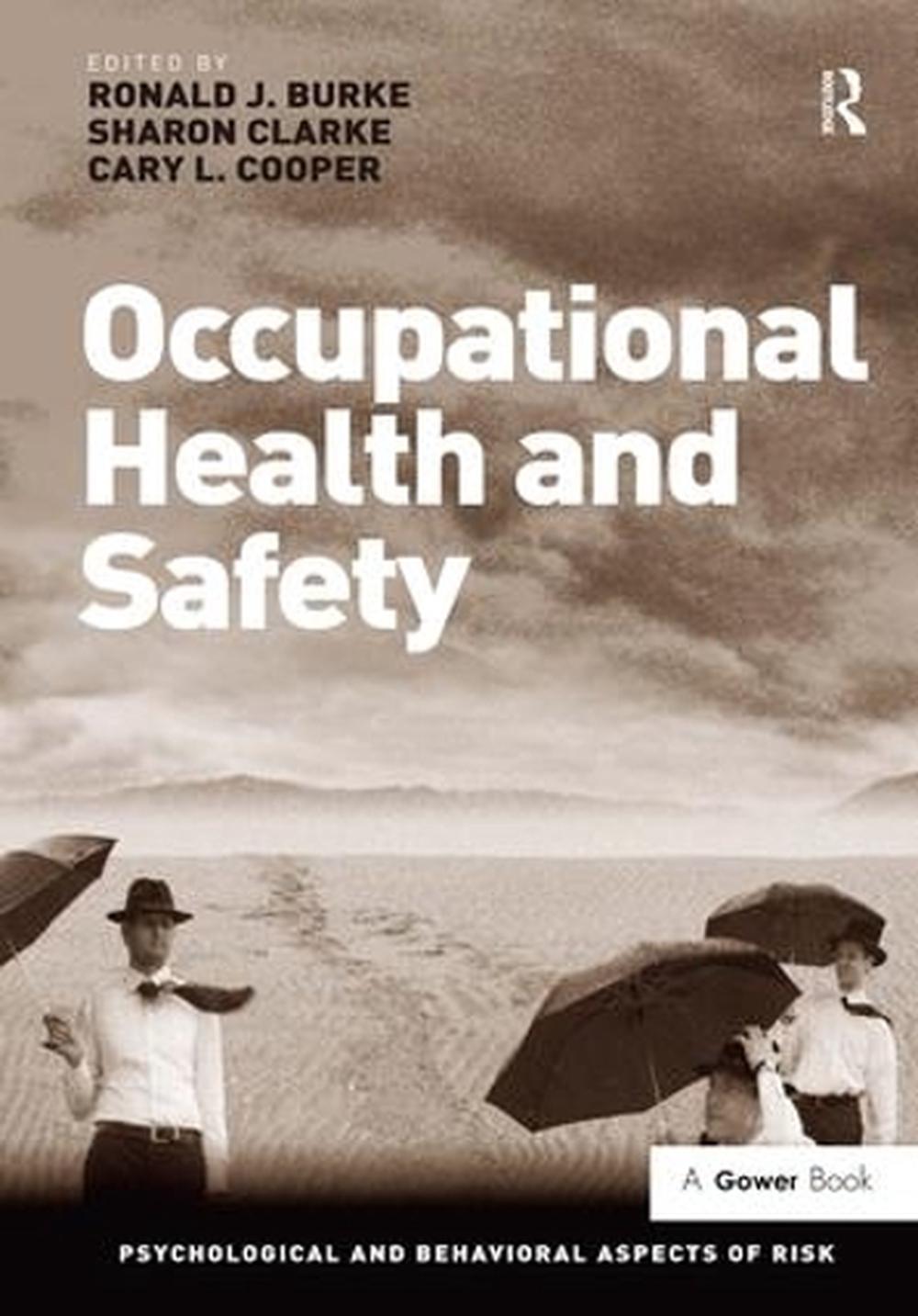
Occupational Health and Safety, New edition Edition
$282.40
- Hardcover
392 pages
- Release Date
28 June 2011
Summary
Workplace accidents and errors cost organizations hundreds of billions of dollars each year, and the injured workers and their families endure considerable financial and emotional suffering. It’s obvious that increasing employee health and safety pays. The accumulating evidence shows that investing in occupational health and safety results in improved financial and social responsibility performance. There are extensive country differences and wide occupational differences in the incidence o…
Book Details
| ISBN-13: | 9780566089831 |
|---|---|
| ISBN-10: | 0566089831 |
| Series: | Psychological and Behavioural Aspects of Risk |
| Author: | Sharon Clarke, Ronald J. Burke |
| Publisher: | Taylor & Francis Ltd |
| Imprint: | Gower Publishing Ltd |
| Format: | Hardcover |
| Number of Pages: | 392 |
| Edition: | New edition |
| Release Date: | 28 June 2011 |
| Weight: | 890g |
| Dimensions: | 246mm x 174mm |
About The Author
Sharon Clarke
One of Canada’s most prolific researchers, Professor Ronald J. Burke’s work has focused on the relationship between the work environment and individual and organizational health. He was Founding Editor of the Canadian Journal of Administrative Sciences and has served on editorial boards of more than a dozen journals. He has served as Director of the PhD Program at Schulich School of Business, York University, Toronto, and as Associate Dean for Research. Professor Burke is Professor Emeritus of Organizational Behavior at Schulich. He has published over 500 journal articles and edited or co-edited 31 books. Dr Sharon Clarke is Reader in Organizational Psychology at Manchester Business School, University of Manchester. She has research interests in safety culture, safety climate, leadership, and workplace accidents. Her work has been published in the Journal of Occupational and Organizational Psychology, Journal of Organizational Behavior, Journal of Occupational Health Psychology, and other leading journals. She is Associate Editor for the Journal of Occupational and Organizational Psychology. Recent research grants have focused on the impact of safety interventions on safety climate; this work was awarded first place in ‘Best Practice in Interventions Competition’ 2008 by NIOSH. Cary L. Cooper, CBE, is Distinguished Professor of Organizational Psychology and Health, Lancaster University Management School, England. He is a prolific author and is a frequent contributor to the national media. He is Founding Editor of the Journal of Organizational Behavior and Editor in Chief of the medical journal Stress & Health. He is past President of the British Academy of Management, a Companion of the Chartered Management Institute and a Fellow of the (American) Academy of Management. Professor Cooper is also the President of the Institute of Welfare Officers, President of ISMA, President of the British Association of Counselling and Psychotherapy, President of RELATE and Chair of the Academy of Social Sciences. In 2001, Cary was awarded a CBE by the Queen for his contribution to organizational health. Ronald J. Burke, Elyce Anne Biddle, Vilma G. Carande-Kulis, Dee Woodhull, Steve Newel, Reepa Shroff, Tahira M. Probst, Maja Graso Sharon Clarke, Nearkasen Chau, Lonnie Golden, Barbara Wiens-Tuers, Stig Berge Matthiesen, Brita Bjorkelo, David Lester, Kathleen M. Kowalski-Trakofler, Charles Vaught, Linda Jansen McWilliams, Dori B. Reissman, Kathryn Mearns, A. Ian Glendon, Joseph G. Grzywacz, Sara A. Quandt, Thomas A. Arcury, Marisa Salanova, Eva Cifre, Susana Llorens, Isabel M. Martinez, Laura Lorente, Karlene H. Roberts, Peter Martelli, Louise St-Arnaud, Catherine Briand, Marie-Jose Durand, Marc Corbiere, Marieve Pelletier, Evelyn Kedl.
Returns
This item is eligible for free returns within 30 days of delivery. See our returns policy for further details.




